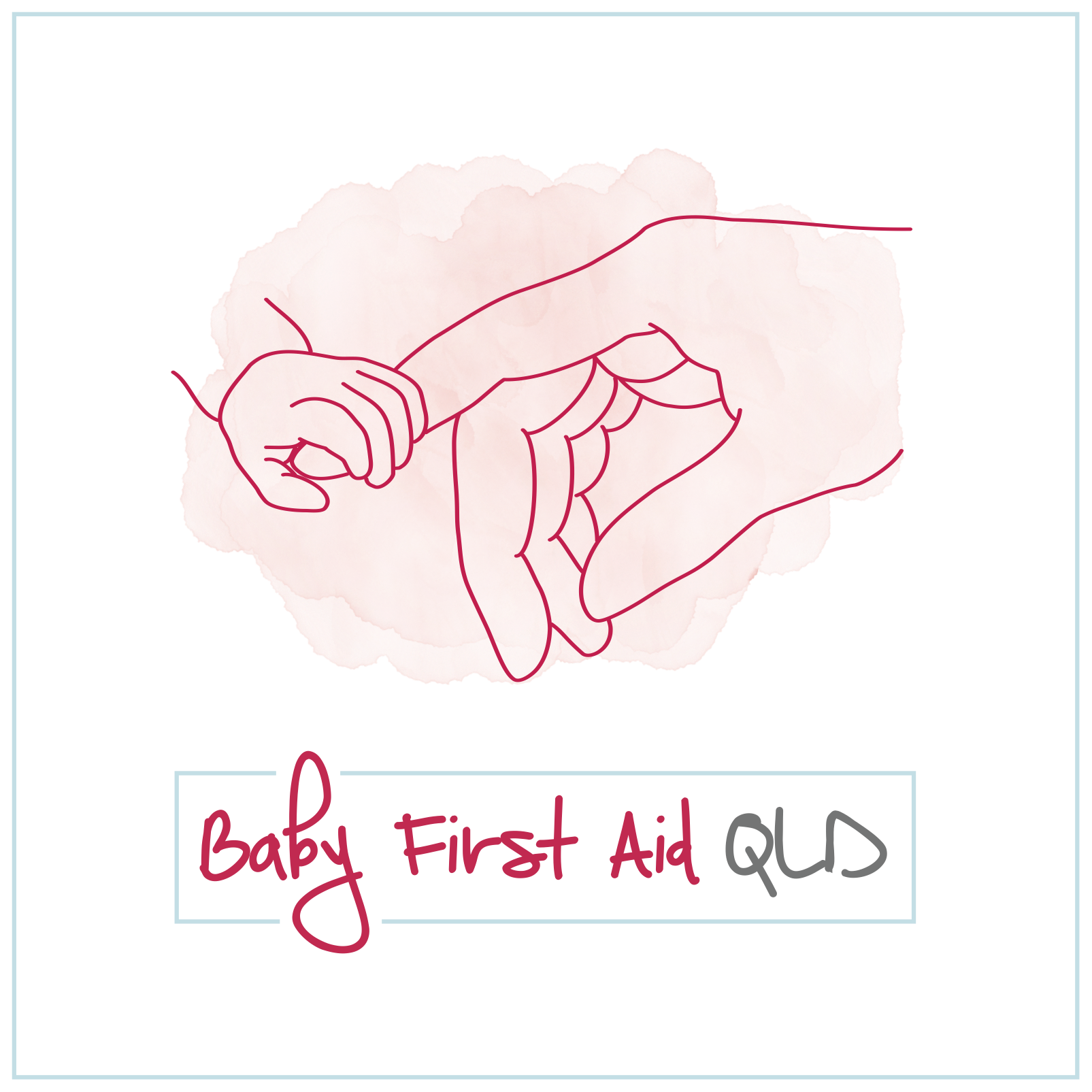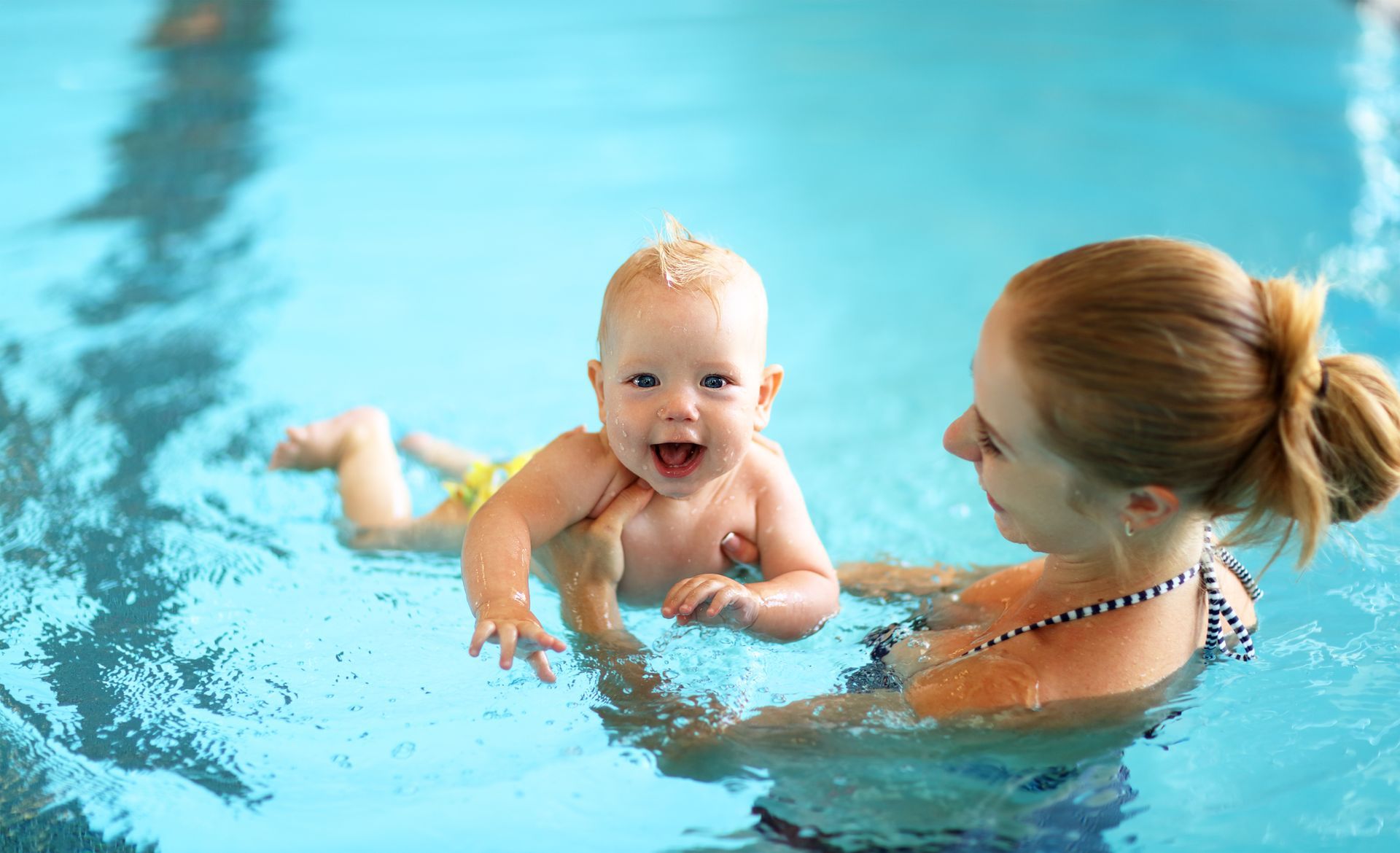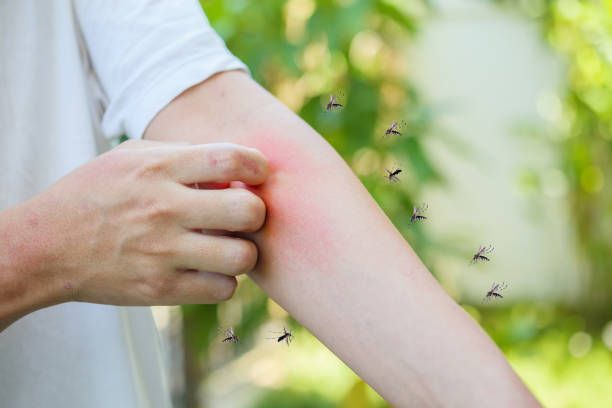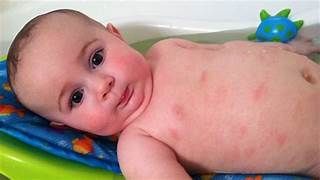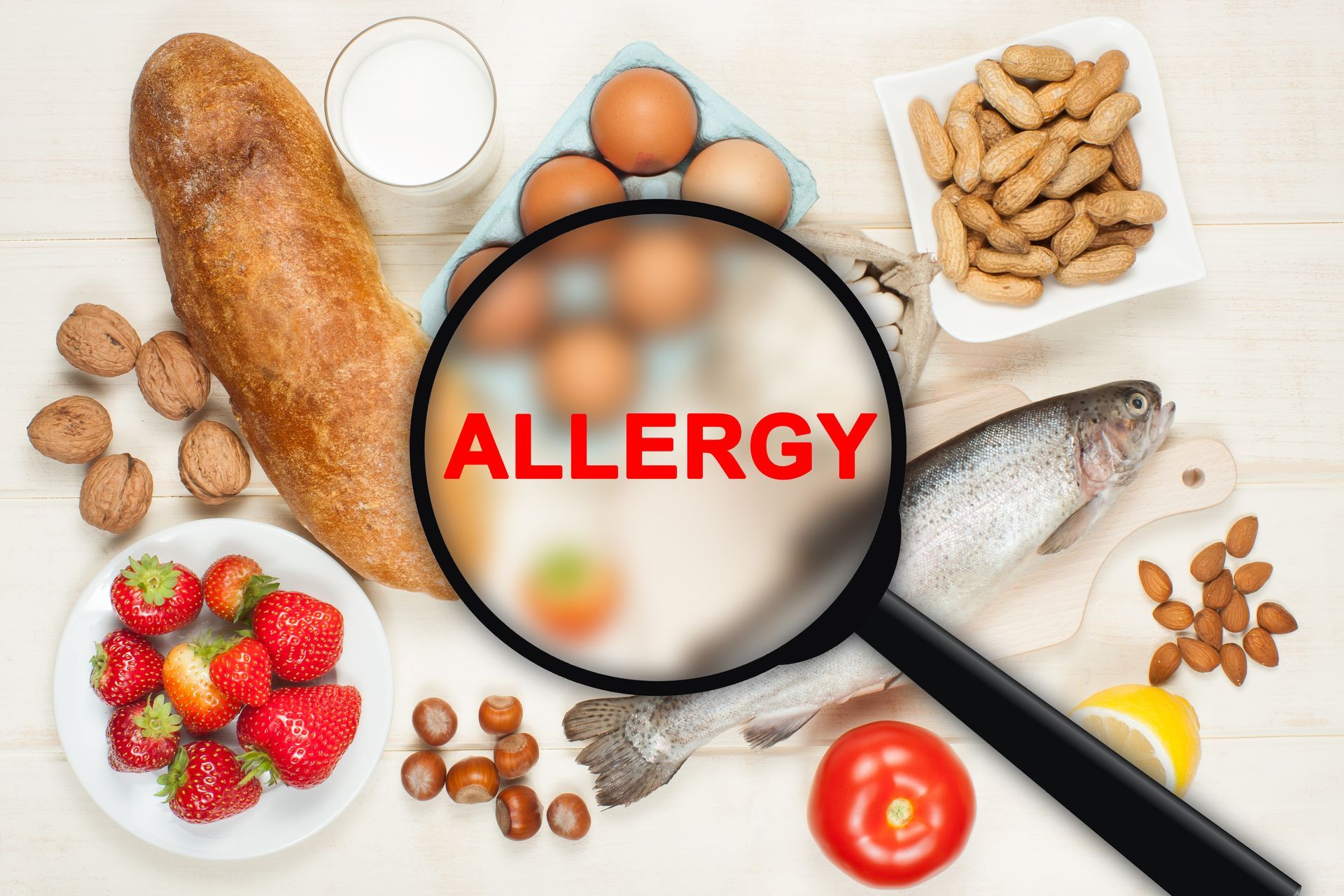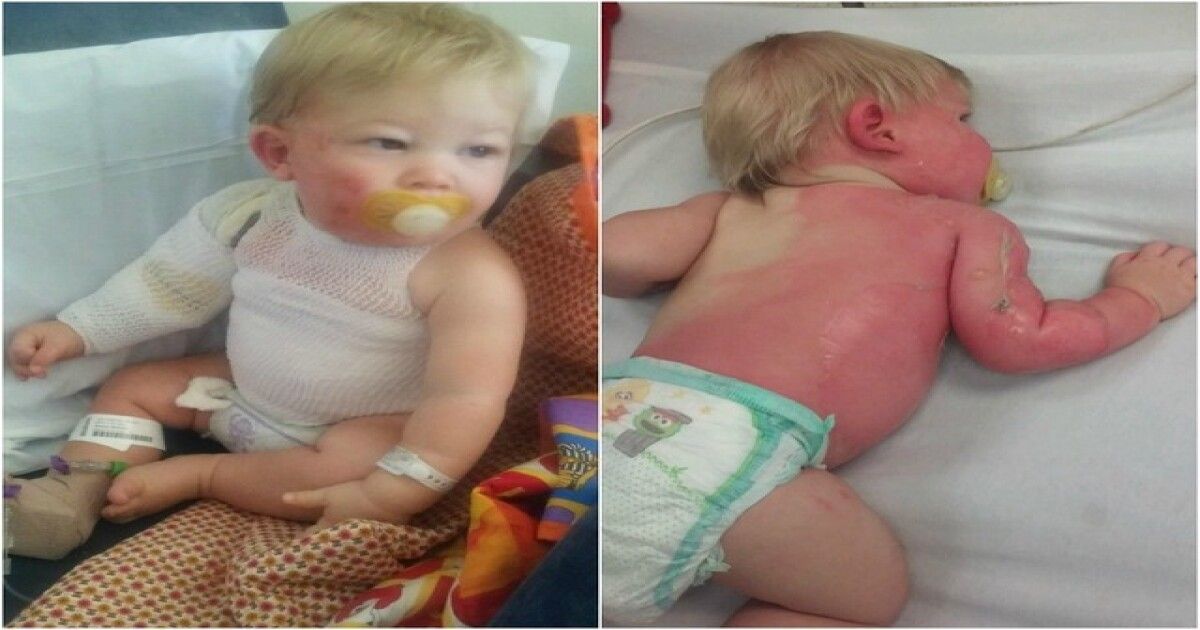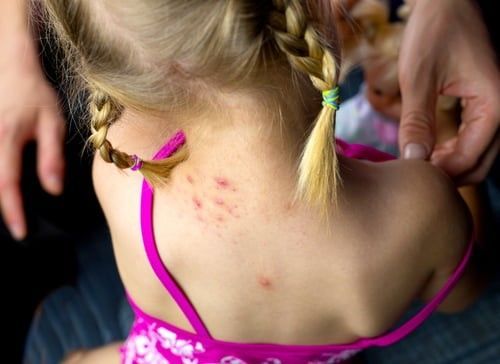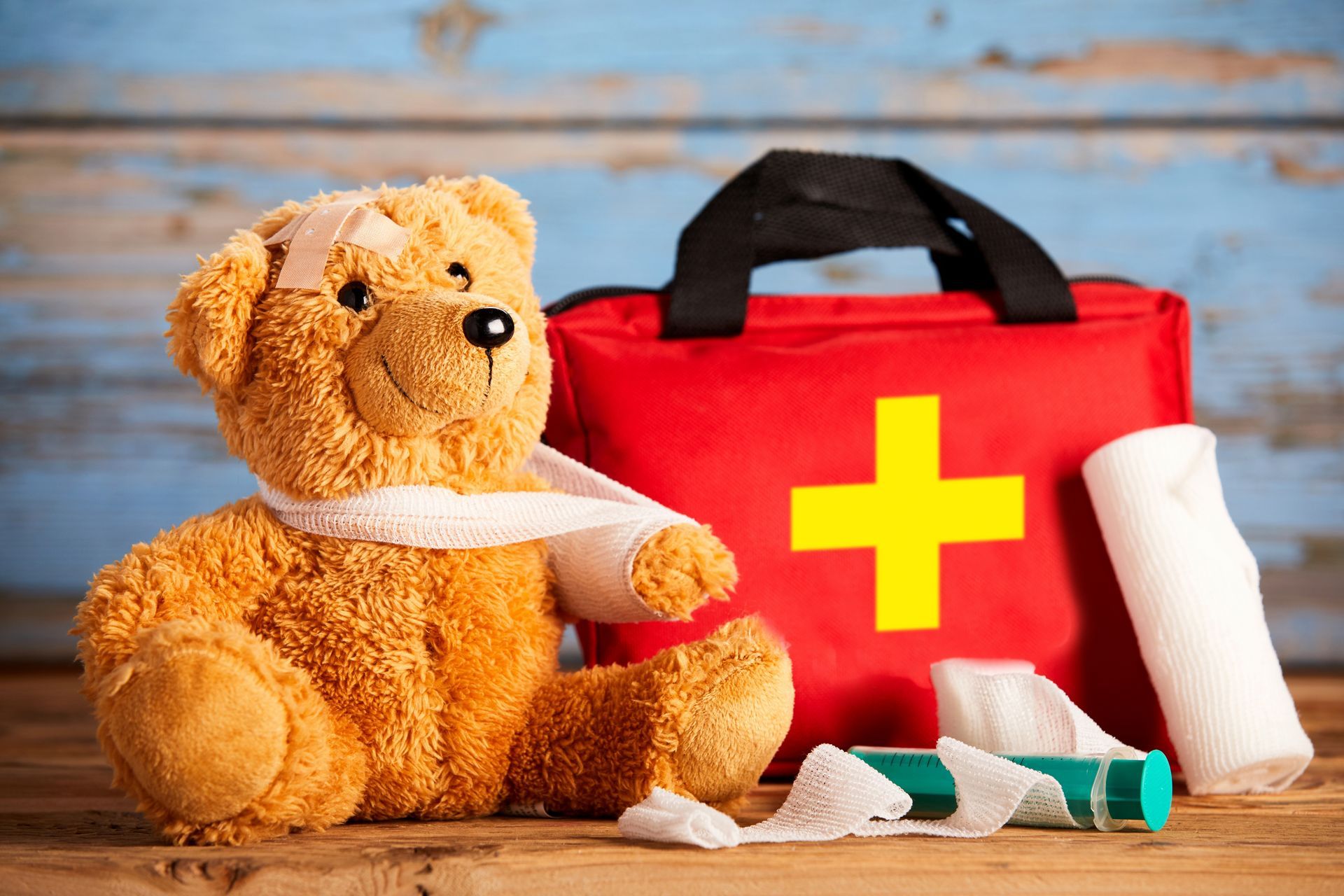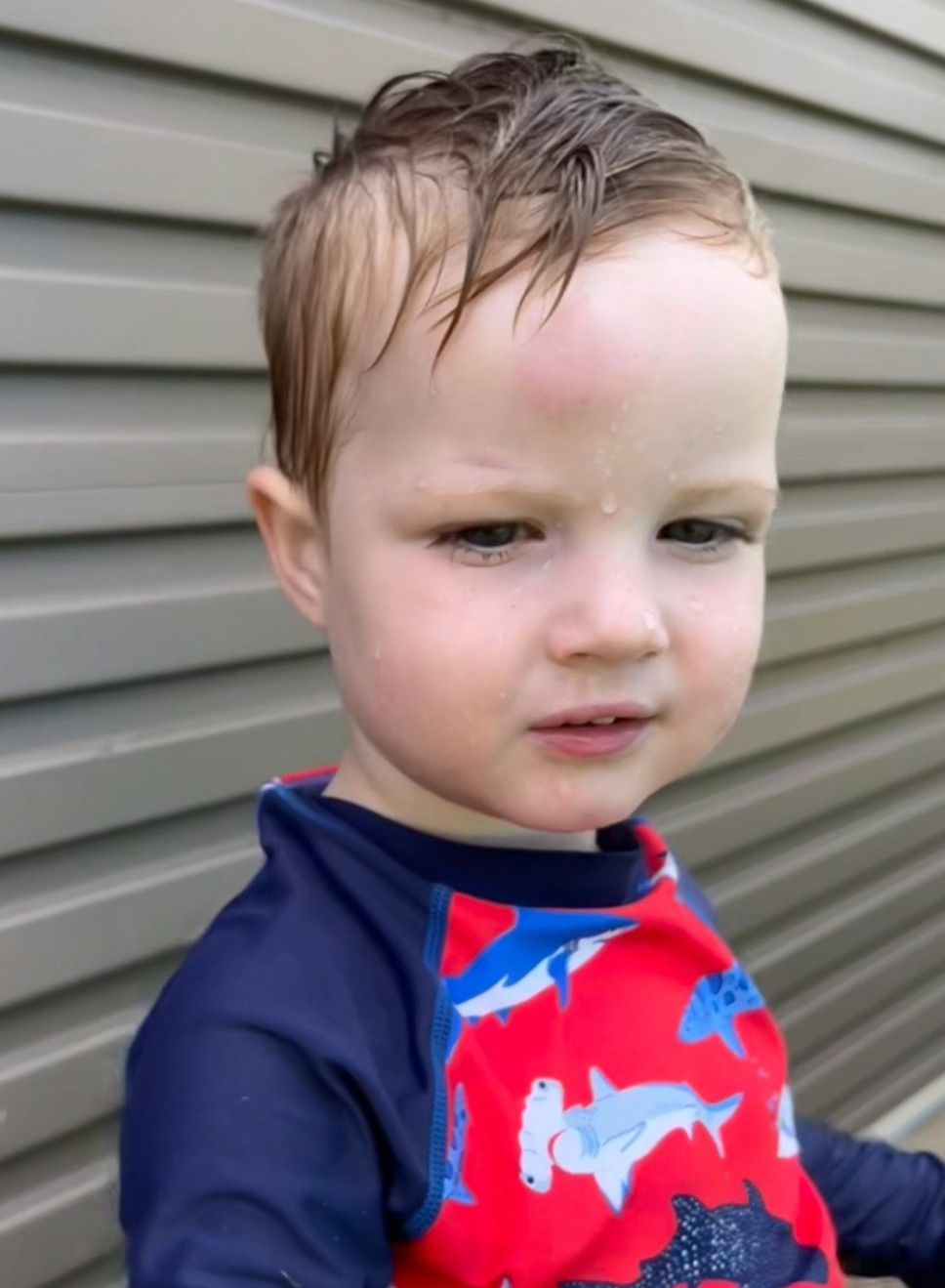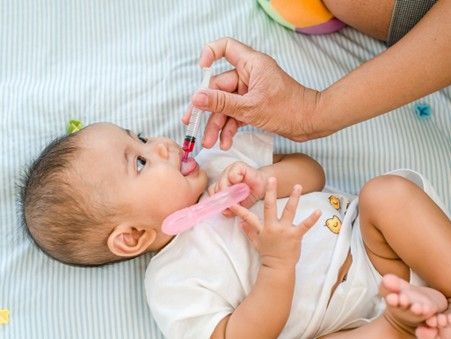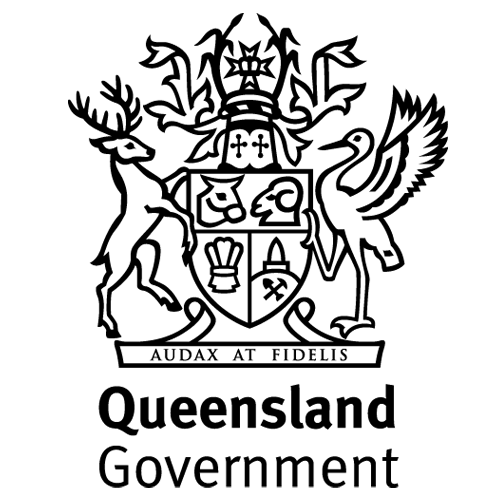Drowning and CPR: The Critical Steps to Take in the First Minutes
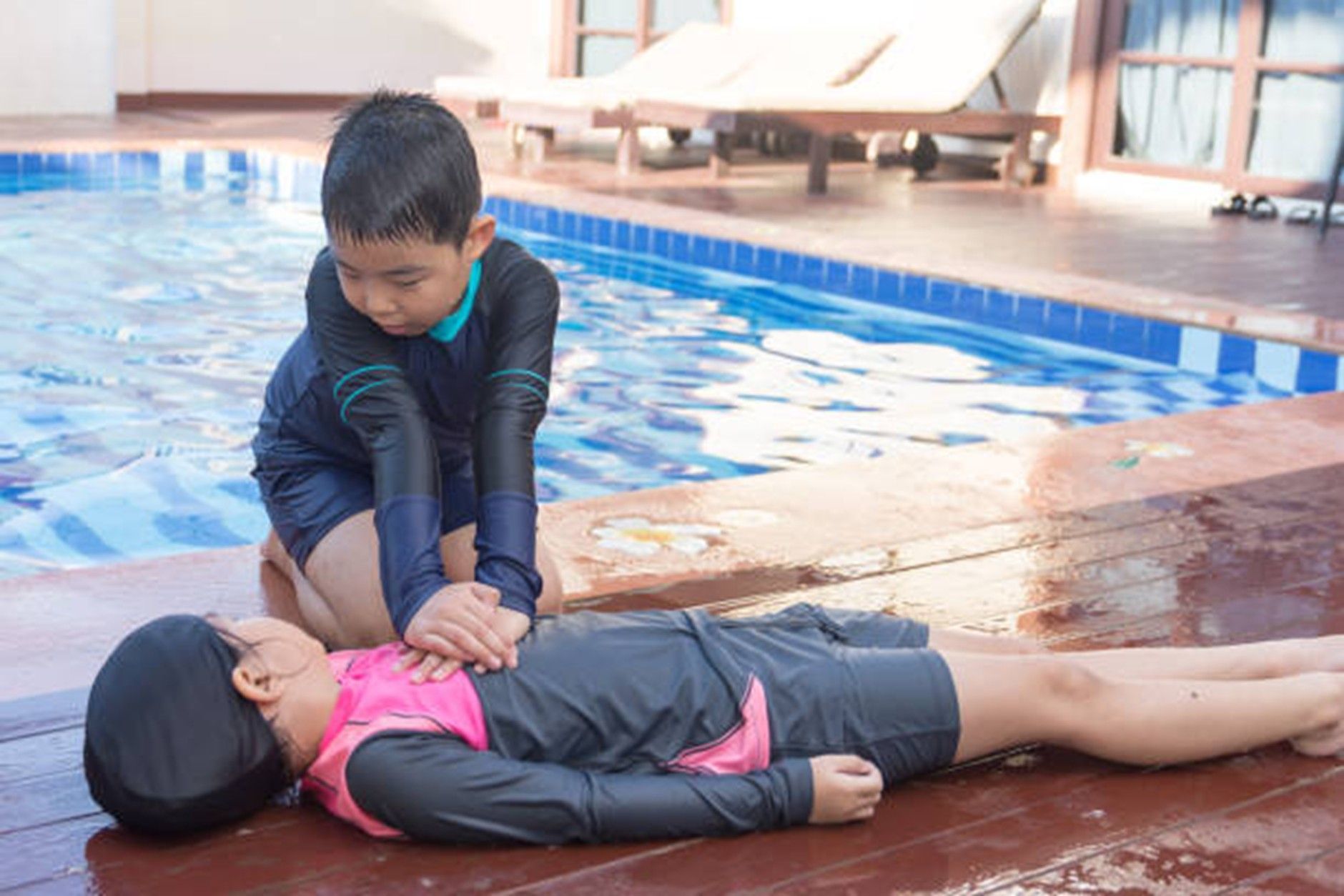
Drowning is one of the leading causes of accidental death in young children and it can happen in silence, within seconds. Babies and toddlers can drown in as little as a few centimetres of water, a bathtub, a bucket, or even a backyard pond. That’s why knowing exactly what to do in those crucial first moments can mean the difference between life and death.
This blog will guide you through prevention, recognition, and the immediate first aid response, including when and how to perform CPR.
Prevention: The First Line of Defence
Most drowning incidents are preventable. Active supervision is your greatest tool and it means being within arm’s reach of your child whenever they’re around water.
A few lifesaving prevention tips:
- Always supervise children in or near water, even for a few seconds. Distractions like phones, cooking, or chatting can be fatal.
- Empty buckets, baths, and wading pools immediately after use.
- Install and maintain pool fencing that meets Australian safety standards, with a self-closing gate.
- Teach water awareness early. Enrol your child in water familiarisation or swim lessons once developmentally ready.
- Store pet water bowls, eskies, and troughs out of reach.
Even with the best precautions, accidents can happen. That’s why knowing how to respond is vital.
Recognising Drowning
Unlike in movies, drowning is silent and quick. A child may not splash, call out, or wave for help.
Look for:
- A child who is face-down or motionless in water
- Gasping or struggling to keep their mouth above water
- Quiet, panicked movements or no movement at all
If you suspect drowning, even if the child seems fine, act immediately.
The First Moments: What to Do
- Remove the child from the water as quickly and safely as possible.
- Check for responsiveness and breathing.
- Gently tap and call their name.
- If there’s no response and they’re not breathing normally, call 000 (or have someone else do it) and start CPR immediately.
CPR for Infants and Children
If trained in CPR:
- Place the child on a firm, flat surface.
- Open the airway by tilting the head back slightly and lifting the chin.
- Give 2 rescue breaths:
- For infants (under 1 year), cover both the mouth and nose with your mouth.
- For older children, pinch the nose and seal your mouth over theirs.
- Give gentle breaths until you see the chest rise.
4. Start chest compressions:
- For infants: Use two fingers in the centre of the chest.
- For children: Use one or two hands depending on size.
- Press down one-third of the chest depth, at a rate of 100–120 compressions per minute.
5. Continue 30 compressions and 2 breaths until the child starts breathing or emergency help arrives.
If the child starts breathing, place them in the recovery position and continue to monitor their breathing until paramedics arrive.
Even if they seem to recover quickly, always seek medical care.
The Takeaway
Drowning is silent, fast and devastating but immediate action saves lives. Supervision and safety barriers are essential but knowing how to respond and perform CPR is just as critical.
Every parent and caregiver should feel confident in these steps, because when every second counts, your knowledge can be the difference that saves a life.
For more information:
https://kidsalive.com.au/
Disclaimer: The health information provided is for informational purposes only and is not intended to be a substitute for professional medical advice, diagnosis, or treatment. Always seek the advice of a qualified healthcare provider with any questions you may have regarding a medical condition.
